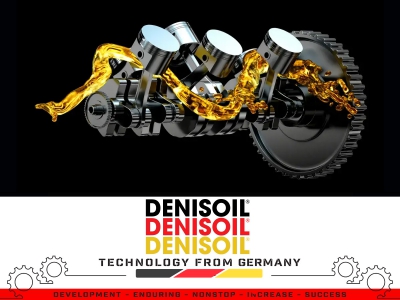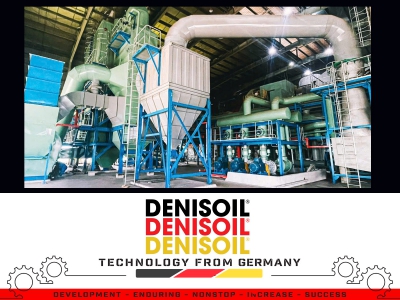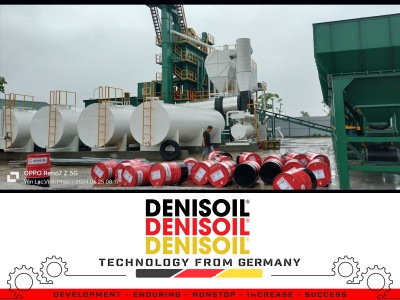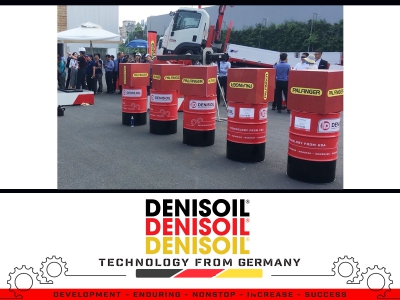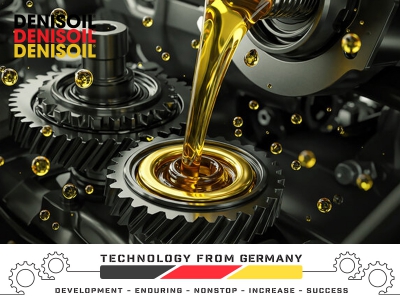Commercial vehicle and marine lubricants
- endu-hd-sae-40-api-cdsf-dau-nhon-dong-co-disel-cao-cap
- endu-hd-sae-50-api-cdsf-dau-nhon-dong-co-disel-cao-cap
- dns-cf-sae-20w50-api-cfsf-dau-dong-co-diesel-cao-cap
- dns-cf-sae-15w40-api-cfsf-dau-dong-co-diesel-cao-cap
- dns-turbo-power-x-sae-20w50-api-ci4sl
- dns-turbo-power-x-sae-10w40-api-ci4sl
- dns-turbo-stronger-sae-20w50-api-cf4-sl
- dns-turbo-stronger-sae-15w40-api-cf4-sl
Motorcycle oil
- maxspeed-20w50-dau-nhot-xe-may-4-thi
- superior-10w40-dau-dong-co-xe-tay-ga-4t
- maxspeed-20w50-dau-nhot-xe-may-4t
- maxspeed-10w40-dau-dong-co-xe-gan-may-4t
- endu-maxspeed-10w40-dau-dong-co-xe-may-4t
- scooter-ultra-10w40-dau-dong-co-xe-tay-ga-4t
- endu-maxspeed-20w50-dau-dong-co-xe-may-4-thi
- dau-boi-tron-banh-rang-hop-so-xe-tay-ga
- maxspeed-15w40-dau-nhot-xe-may-4-thi
- maxspeed-15w40-dau-nhot-xe-may-4-thi
- dau-nhot-dong-co-xe-tay-ga-4-thi-dns-scooter-10w30-08-lit-semisynthetic
- dau-nhot-dong-co-xe-tay-ga-4-thi-dns-scooter-10w30-1-lit-semisynthetic
- dau-nhot-dong-co-xe-tay-ga-4-thi-dns-scooter-10w40-08-lit-semisynthetic
- dau-nhot-dong-co-xe-tay-ga-4-thi-dns-scooter-10w40-1-lit-semisynthetic
- dau-nhot-dong-co-xe-gan-may-4-thi-endu-maxspeed-sj-20w50-08-lit
- dau-nhot-dong-co-xe-gan-may-4-thi-endu-maxspeed-sj-20w50-1-lit
- dns-maxspeed-tce-dau-nhot-pha-xang-cao-cap
- dau-nhot-may-nong-nghiep-dns-am-sf
- dau-nhot-xe-tay-ga-4-thi-dns-scooter-ultra-tt-08-lit
- dau-nhot-xe-gan-may-4-thi-dns-maxpeed-sl-15w40-1lit
- dau-nhot-xe-gan-may-4-thi-endu-maxspeed-sg-20w50-1-lit
- dau-nhot-xe-gan-may-4-thi-dns-maxpeed-sl-20w50-1-lit
Automobile Oil
Hydraulic lubricant
- endu-vg-32-dau-thuy-luc-thong-dung
- endu-vg-46-dau-thuy-luc-thong-dung
- endu-vg-68-dau-thuy-luc-thong-dung
- dns-aw-100-dau-thuy-luc-chong-mai-mon
- dns-aw-68-dau-thuy-luc-chong-mai-mon
- dns-aw-46-dau-thuy-luc-chong-mai-mon
- dns-aw-32-dau-thuy-luc-chong-mai-mon
- denis-hydra-aws-100
- denis-hydra-aws-68
- denis-hydra-aws-46
- denis-hydra-aws-32
 Tiếng Việt
Tiếng Việt
 Chinese
Chinese
 English
English


